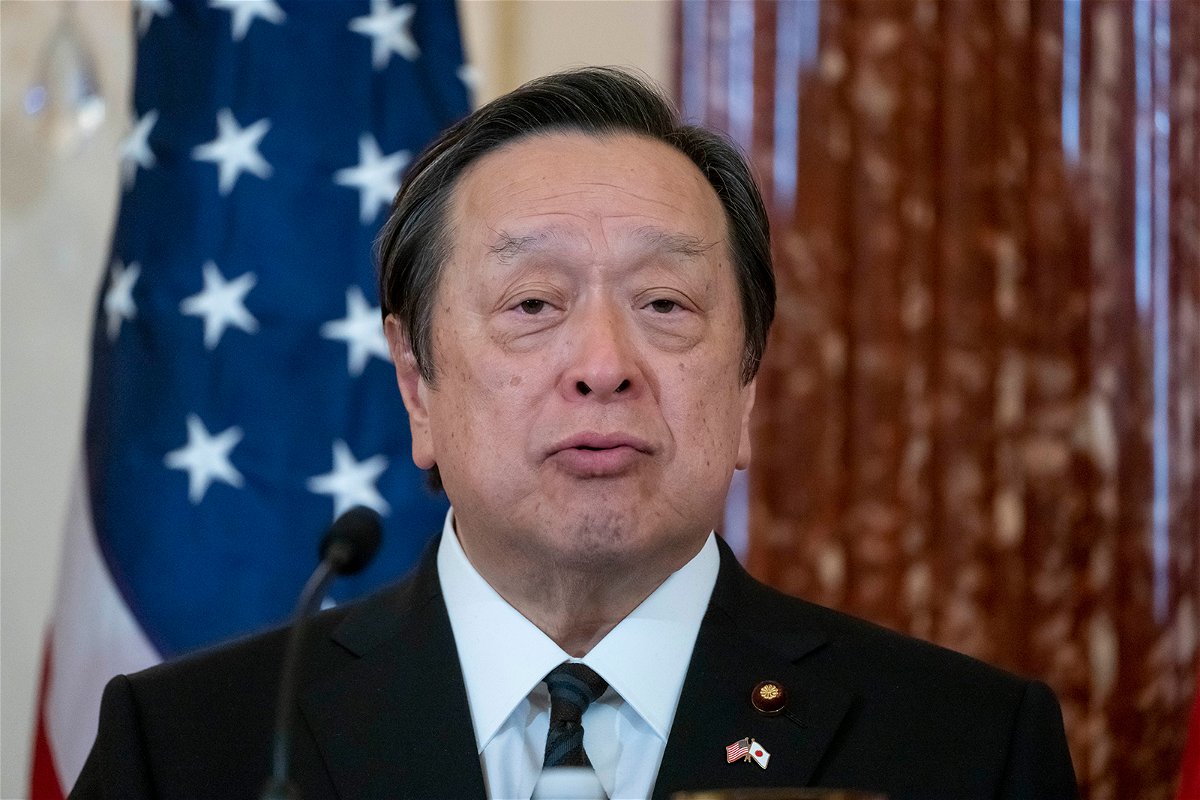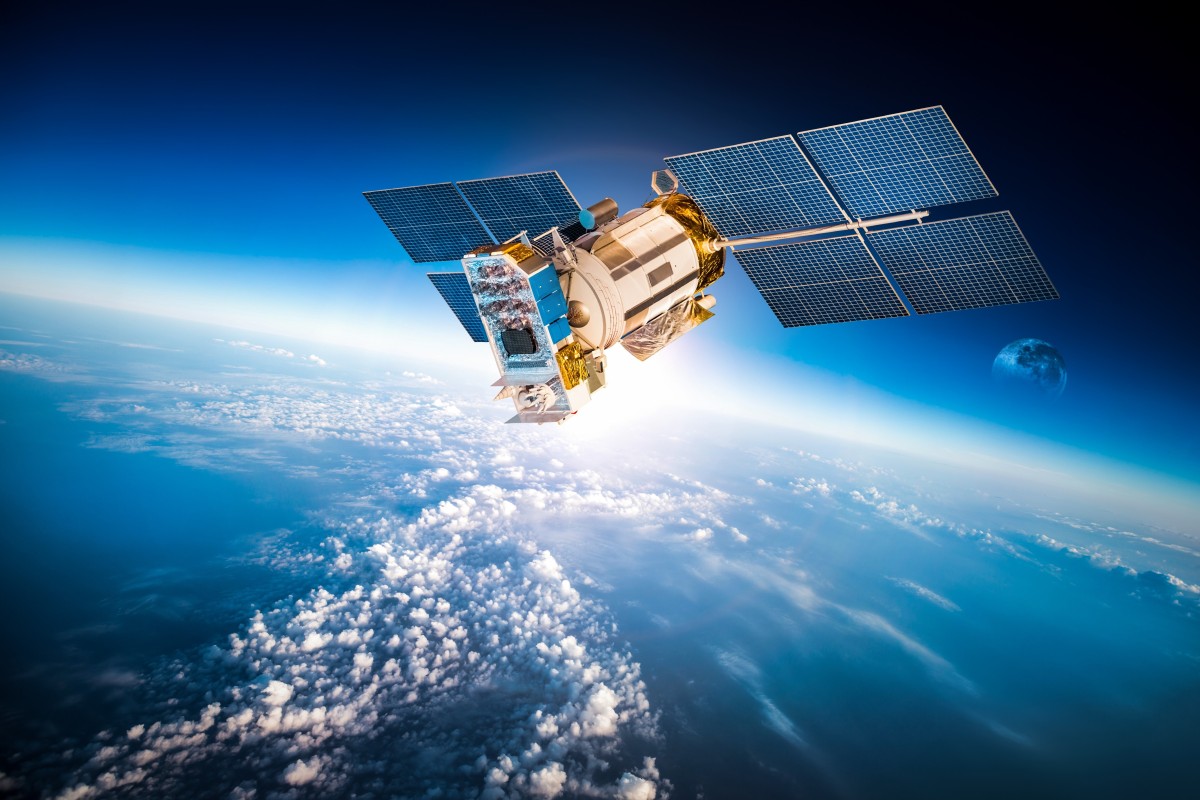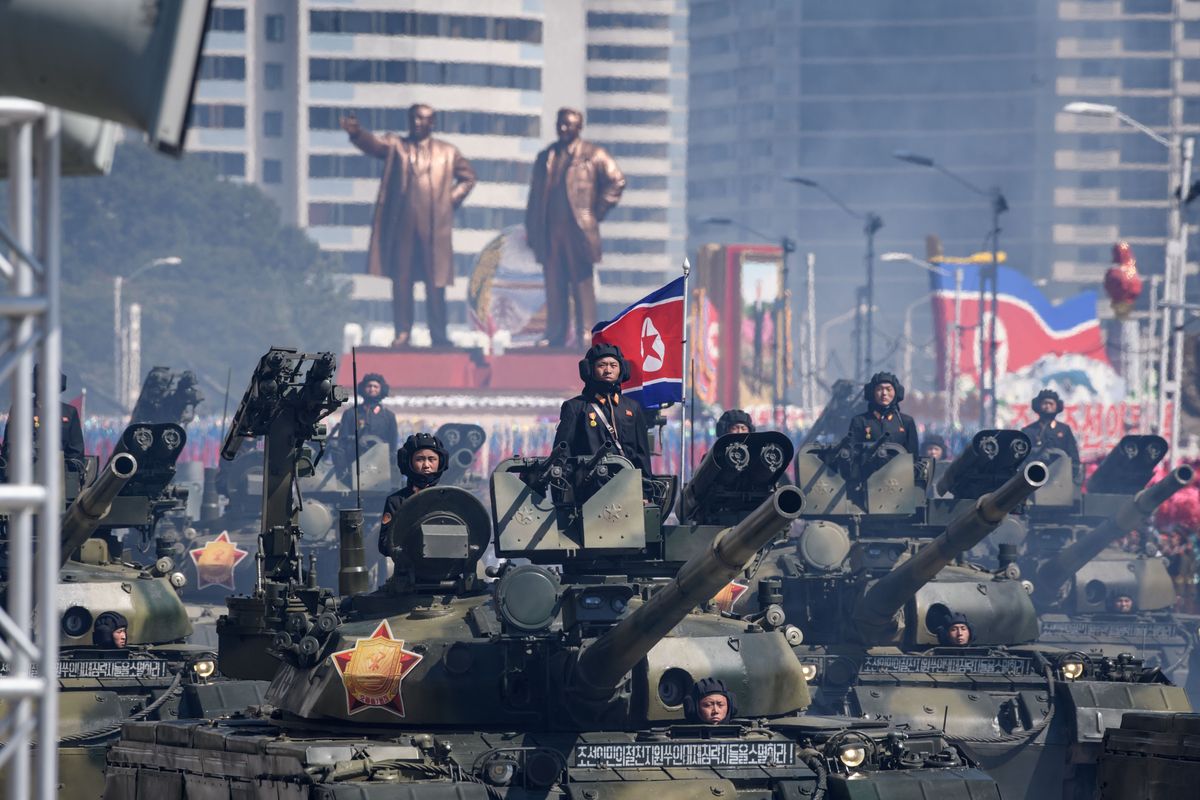Definitely Prepared To Shoot N Korean Satellite If It Falls On :Japan Minister
As per the statement provided by Hamada and the Ministry of Defence, measures have been taken to address the current situation. They have given orders to ensure that the necessary preparations are made to tackle any potential threats.
In a robust move, Japan’s Defence Minister Yasukazu Hamada has given orders to the country’s military troops to activate missile interceptors and remain on high alert to shoot down any North Korean spy satellites that may enter Japanese territory.
As per the statement provided by Hamada and the Ministry of Defence, measures have been taken to address the current situation. They have given orders to ensure that the necessary preparations are made to tackle any potential threats.
On Saturday, Hamada instructed the troops to be alert and ready with PAC-3 surface-to-air missiles in the southwestern region of Japan, specifically in Okinawa and nearby islands. These areas are believed to be in the flight path of a North Korean rocket that is expected to carry a satellite. Additionally, Hamada has directed the deployment of destroyers equipped with SM-3 ships-to-air missiles to be dispatched to coastal waters.

In response to the joint air exercise between South Korea and the US, North Korean leader Kim Jong Un has stated that the preparations for the launch of their first-ever spy satellite will proceed on an unspecified date. This announcement comes after North Korea test-fired around 100 missiles last year, citing the military drills between South Korea and the US as an invasion rehearsal that they needed to respond to.
As a result of these missile tests, numerous missiles have flown over Japan or landed off the northern Japanese coast. Additionally, North Korea recently test-launched a solid-fueled intercontinental ballistic missile for the first time and has expressed its intention to continue doing so until the military drills between South Korea and the US are discontinued.

Recently, North Korea launched missiles that flew dangerously close to the Sakishima Islands in the southern part of the Japanese prefecture of Okinawa, causing concern and prompting military deployment to minimize potential damage in the event of a ballistic missile impact.
In response to this, North Korean leader Kim Jong Un ordered the development of the country’s first military spy satellite, with the exact timeline for its launch remaining undisclosed. However, it was later revealed that the satellite had already been built, and Kim urged officials to accelerate preparations for its imminent launch.
According to a North Korean media outlet, KCNA, Pyongyang has now finalized its preparations for the launch of its first-ever military reconnaissance satellite. North Korea claims that it conducted a crucial final stage test for spy satellite development in December of the previous year and could be fully prepared for launch by April.
North Korea’s missile launches this year have included a range of weapons, from powerful intercontinental ballistic missiles to shorter-range weapons designed to evade defence systems. It is important to note that North Korea is a nuclear-armed nation.

The Japanese military has disclosed its intentions to deploy ground-based Patriot Advanced Capability-3 interceptor missiles, as well as Aegis-equipped destroyer warships carrying sea-based Standard Missile-3 interceptor projectiles. This deployment is part of their strategic plan to enhance their defence capabilities.
This move has been made with the aim of reducing the potential damage caused by ballistic missiles or any other objects that may pose a threat to Japanese territory. To achieve this objective, the military will be sending PAC-3 missile-defence batteries to various locations within Okinawa Prefecture, and also deploying Maritime Self-Defense Force’s Aegis destroyers, which are equipped with SM-3 interceptors, to the waters surrounding Japan.

Despite North Korea’s long history of provocative missile launches, no other country has attempted to take down a North Korean rocket or ballistic missile until now. Even when North Korea has engaged in dangerous actions like lobbing weapons at Japan, no country has responded in kind. Last October, for instance, Japan refrained from destroying a North Korean missile because it judged that it wouldn’t fall within Japanese territory.
However, Japan does possess a variety of space-, sea-, and ground-based radars and other sensors through its alliance with the U.S., which are capable of detecting and determining the general trajectory of most North Korean missile launches quickly. The PAC-3 system, which has a range of almost 30 kilometres, is typically used to intercept missiles that evade the SM-3 layer and are considered the last line of defence. The SM-3s are equipped with Aegis destroyers that can shoot down ballistic missiles in their early stages.
Many experts warn that Japan’s decision to attempt to shoot down North Korean missiles or rockets carrying a satellite could result in a dangerous escalation of the situation.

Such an attempt would not only reveal Tokyo’s detection and interception capabilities to Pyongyang but could also potentially raise concerns among Washington and its allies who rely on similar American-made defence systems such as the SM-3 and PAC-3. Moreover, the failure of an interceptor to hit its target could cast doubts on Japan’s abilities and trigger further anxieties in Tokyo and beyond.
To make matters worse, the G7 foreign ministers who met in Japan on Tuesday demanded that North Korea stop any further ballistic missile tests and warned against any unexpected nuclear weapons testing. These rich nations have also issued a stern warning that non-compliance could trigger a robust response, further heightening tensions in the region.



